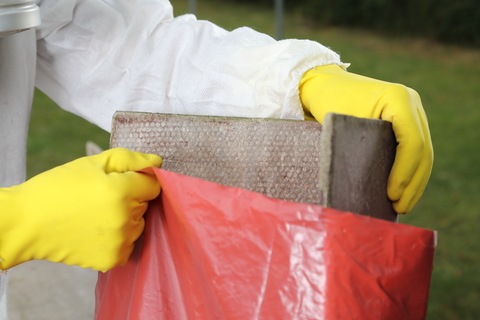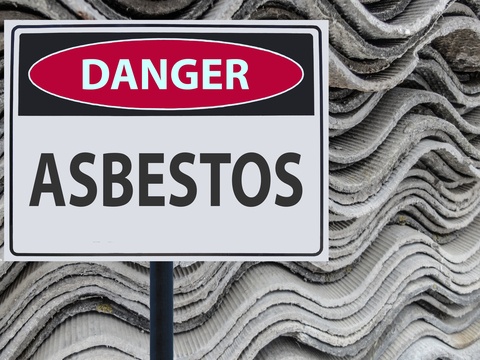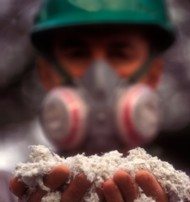Worldwide Mesothelioma Rates Decline
A new study looked at the worldwide rates of mesothelioma over the past decade. The international team of researchers hailed from China, Sweden, Australia, the Philippines, the United States, and the United Kingdom. The researchers used information from three different databases to learn about the number of cases and what might cause the disease. The Global Cancer Observatory, Cancer Incidence in Five Continents Plus, and Global Burden of Disease provided data for this study. Banning Asbestos Worldwide Mesothelioma is a rare form of cancer that develops from cells of the mesothelium, the lining that covers many of the internal organs of the body. Sites of mesothelioma are typically the outer lining of the lungs and chest wall and the abdomen….







